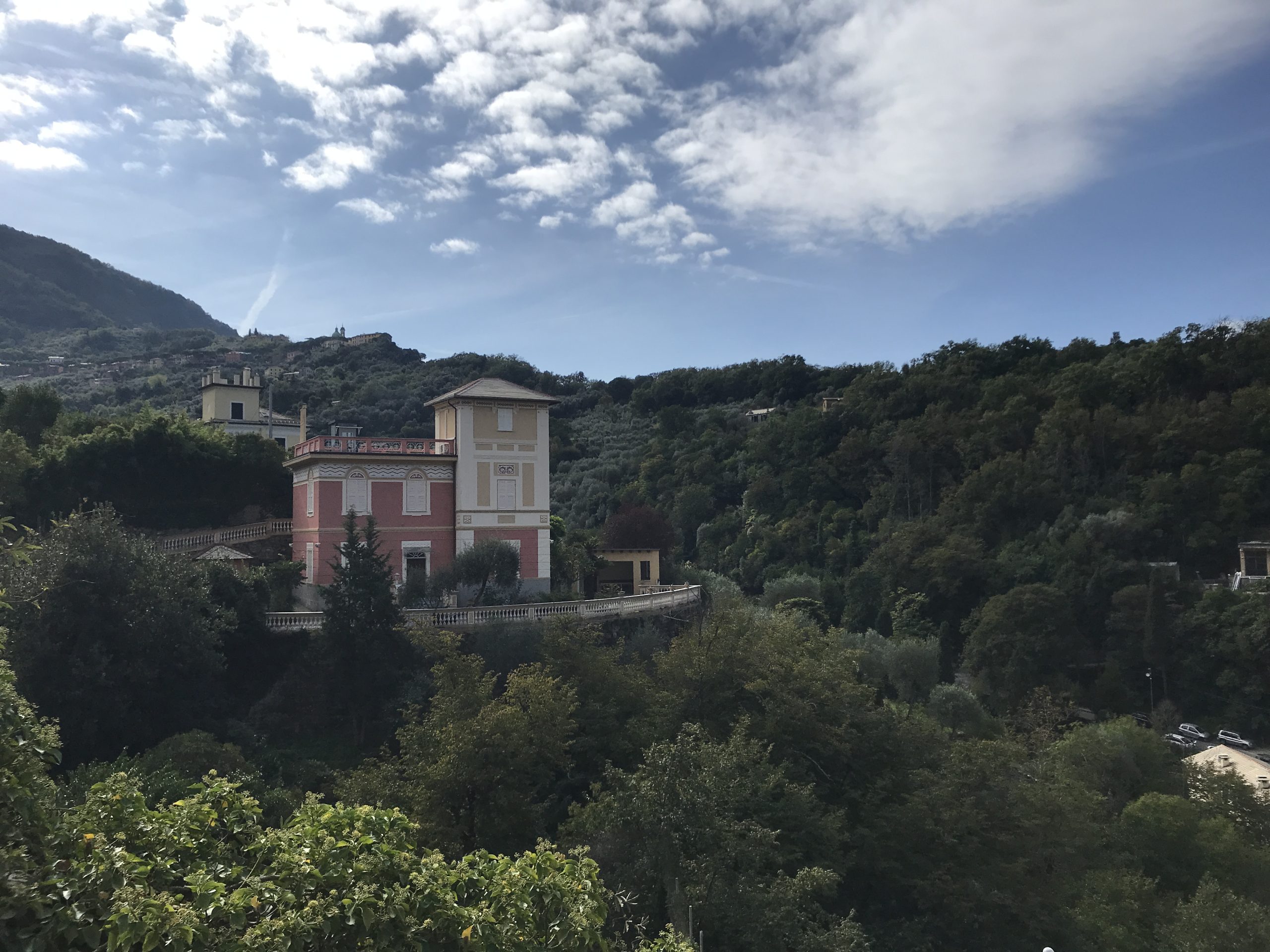Unlocking the Secrets of Seamless 3D Previews: A Closer Look at Innovative Rendering Techniques
Have you ever found yourself wondering about the magic behind certain 3D preview websites? One standout example features an impressive platform that utilizes PBR (Physically Based Rendering) technology to deliver models that load with remarkable speed and fluidity. In stark contrast, users often encounter frustrating delays when navigating platforms like Sketchfab, where loading times can detract from the overall experience.
So, what’s the secret sauce that enables this exceptional website to provide such an engaging user experience? The developer, driven by a passion for efficiency and quality, has harnessed cutting-edge rendering techniques that optimize performance without sacrificing visual fidelity. This results in a smoother browsing experience, allowing users to interact with high-quality 3D assets almost instantaneously.
This innovative approach challenges the status quo in the realm of online 3D viewing, showcasing that with the right strategies and tools, it is possible to significantly enhance the user experience. As technology evolves, it is fascinating to see how creative solutions can redefine our expectations of digital content delivery.
In an industry where speed and performance are paramount, this website serves as a beacon of what’s possible when creativity meets technical prowess. It opens up exciting possibilities for developers and users alike, pushing the boundaries of what’s achievable in 3D rendering. Keep an eye on such innovations – they might just lead us to the next game changer in the world of design and visualization.


2 responses to “Beyond Sketchfab: How Innovative Techniques Make 3D Websites Load Instantly””
It’s fascinating to see the variety of techniques and technologies developers use to enhance the performance of 3D rendering on the web, especially when it comes to creating rich experiences with PBR (Physically Based Rendering). The differences in performance you’ve noticed between the single developer’s site and Sketchfab can be attributed to several factors, including optimization techniques, the usage of advanced web technologies, and the level of control that individual developers can leverage compared to larger platforms.
Key Factors Enhancing Performance
Smaller sites often benefit from custom optimization strategies that may include simplifying geometries, reducing texture sizes, and using efficient formats such as glTF for 3D assets. This format is inherently designed for high-performance rendering on the web, significantly improving load times without sacrificing quality.
Efficient Rendering Techniques:
The developer may be using more modern rendering engines like Three.js or Babylon.js, which allow for highly optimized rendering pipelines. These engines take advantage of WebGL’s capabilities and may implement level of detail (LOD) techniques, where only the necessary detail of a model is rendered according to the distance from the camera.
Lazy Loading and Progressive Loading:
Implementing techniques like lazy loading can enhance the performance of a site significantly. This process involves loading only the necessary components first and delaying the loading of others until they are actually needed. This is particularly useful in 3D environments where users may not interact with all models or textures at once.
Efficient Texture Management:
The use of texture atlases can reduce the number of texture bindings required during rendering. By combining multiple textures into a single atlas, the number of GPU calls can be minimized, leading to a smoother experience.
WebAssembly and Web Worker Utilization:
If the developer has utilized WebAssembly or background processes through Web Workers, this can drastically improve performance. WebAssembly allows for executing code at near-native speed, while Web Workers can offload heavy computations away from the main thread, ensuring that the user interface remains responsive.
Performance Monitoring and Profiling:
Practical Advice for Your Own Projects:
Consider using glTF for your 3D models as it is optimized for performance. Resources available on the Khronos Group’s website can help you out.
Explore Three.js or Babylon.js:
Look into using these libraries for your projects. They provide powerful abstractions over WebGL and come equipped with extensive optimizations out of the box.
Optimize Textures Actively:
Use tools like TexturePacker or various online compressing tools to minimize the size of your textures without losing quality.
Implement Profiling Tools:
Use browser developer tools to profile your application. Understanding where performance lags can inform your optimization strategies effectively.
Stay Updated on Web Technologies:
Conclusion
Ultimately, while it might seem like “witchcraft,” the performance of 3D rendering on the web is deeply rooted in practical optimization strategies and the careful selection of technologies. By learning from what this developer has implemented, you can leverage similar strategies in your own projects to achieve impressive results without compromising on quality or performance.
This post raises some fascinating points about the evolution of 3D rendering technologies and user experience in web design. It’s intriguing to consider how advancements in PBR can drastically improve load times while maintaining high-quality visuals. One aspect worth delving deeper into is the role of optimization techniques beyond PBR itself, such as efficient asset management, level of detail (LOD) strategies, and the implementation of WebGL or server-side rendering solutions.
Additionally, the comparison to platforms like Sketchfab raises questions about industry standards and user expectations. As developers strive for instantaneous loading times and seamless interactions, we may see a shift in what users consider acceptable performance. This could also impact content creators, who will need to optimize their own assets for fast delivery while keeping quality intact.
I would love to hear more about the specific techniques that enable high-speed rendering on this platform. What specific optimizations did the developer implement to overcome the challenges seen in more established 3D viewing platforms? Such insights could undoubtedly inspire fellow developers looking to enhance their own projects!